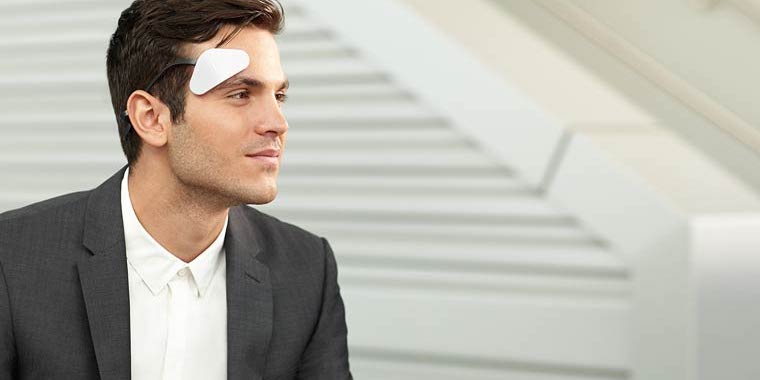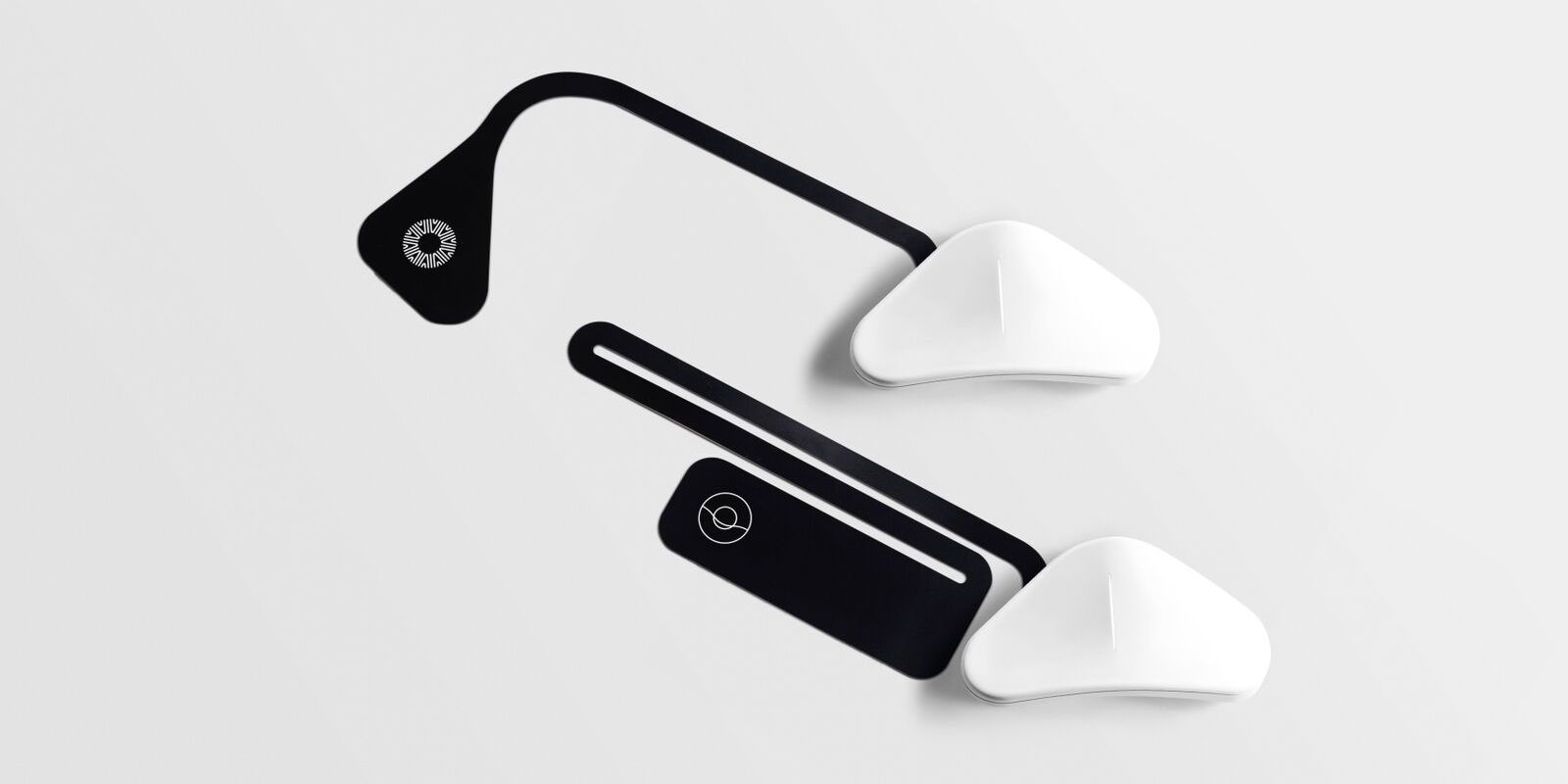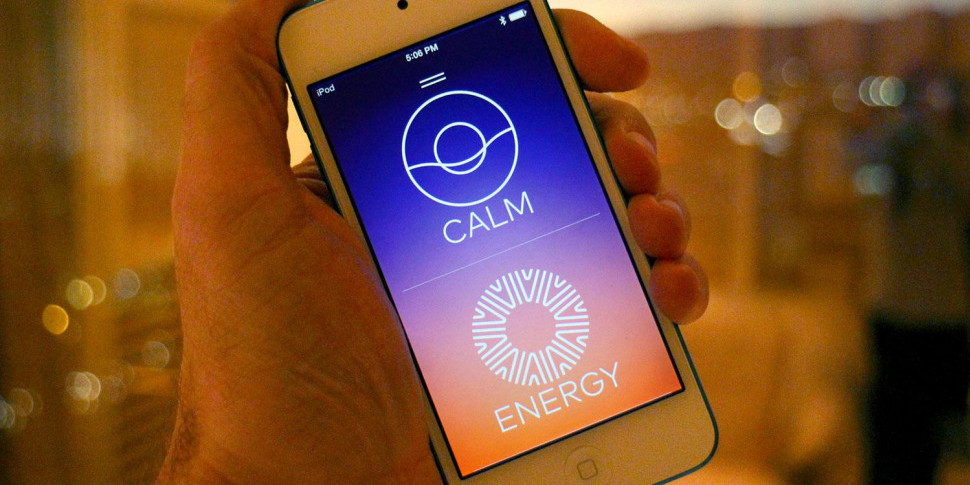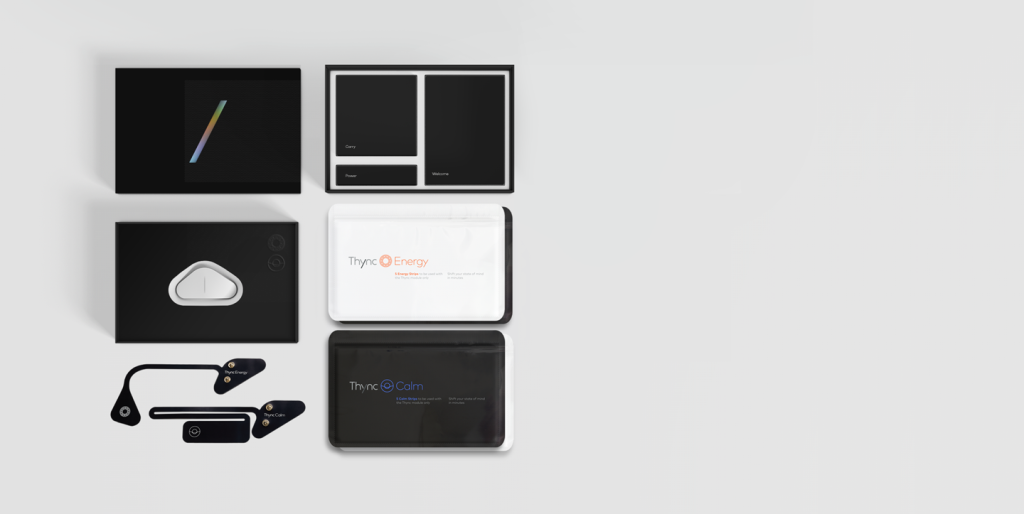Brain Hack: Energize and Relax With Thync
LifestyleNewsTech November 26, 2024 Damon Mitchell
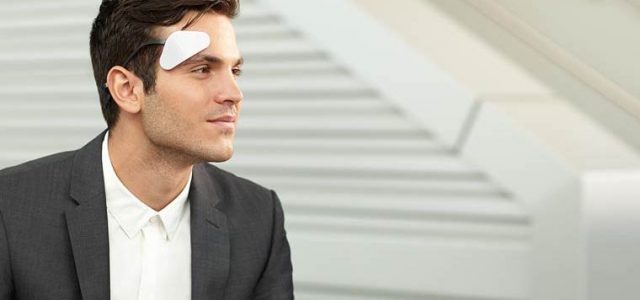
The Thync wearable will appeal to your inner control freak, that is if you don’t mind wearing a plastic triangle on your forehead.
The goals for Thync are simple. When users need more energy, they get it by wearing the device, stimulating specific nervous pathways. When it’s time to chill out, use Thync the same way.
It’s like Elvis Presley lived his life, except without all the methamphetamine and cheeseburgers.
The Thync device isn’t new. They released it over a year ago. What’s interesting about Thync is, in this world where cool wearables like Skully can tank seemingly overnight, they are still in business.
Thync deserves some design considerations, but the technology works (when it works), but is it better than medication? Can Thync survive the critics?
The Device
The original device includes a piece that wraps around your neck (pictured on the bottom above) and one that fits over your right eye (on top).
Both pieces have large plastic pads (the triangle part). which facilitate transmission of vibes.
That’s Thync-speak for electrical impulses. Vibes are the action behind the technology.
One of the triangles goes over your eye, but the other sits on your neck. They both stick to your skin.
In a recent article by Tech Times, the CEO of Thync de-emphasizes the need for the forehead piece. “We’ve improved the technology so we can deliver the entire effect even more powerfully and consistently behind the neck,” he says.
That’s a relief in itself. One of the biggest challenges wearables face today is form factor. Wearables are often designed in such a way that would-be purchasers don’t buy them because they look silly.
How it Works
In short, it’s electrical impulses.
There are two settings: calm or energy. In other words, you are either trying to get pumped up or trying to chill out.
You designate those desired outcomes by applying the pads, then using the companion app to select your outcome, pressing the go button. The pads sit against your skin where they transmit the vibes.
The pads function like a tens machine, but with an app and science behind the pulses, er, vibes.
The vibes emulate the sensations of other neurologically received signals, like how a kiss on your neck might calm you down, or a splash of water on your face may invigorate you.
Is it better than medication?
It’s not FDA approved, but don’t let that throw you. Most wearables are not.
The turnaround time for FDA approval is so lethargic, most would prefer not to endure the loss of time. Hence, why the Apple Watch will never be FDA approved.
Could electrical impulses replace our traditional application of pills? Reading the Amazon reviews, the jury is out.
Thync only rates three stars. Many reviewers had trouble getting their desired results, but that could easily be user error. It often is.
The way Thync works is reminiscent of some of the brain-body research found in other places.
We can’t necessarily decode brain signals, but we can track what they look like and where they come from when someone performs a task, say raising a hand. We can duplicate those electrical signals artificially to create the same effect.
It stands to reason we could duplicate the pathways of some drugs in a similar way with emotions.
Expect to see more of this technology soon. Somewhere in a lab, someone is trying to hack a corner of the human mind to better understand it.
That researcher will build a technology around the learnings, to improve human life.
Yeah, sure, it’s also to make money selling wearable devices, but it’s happening nonetheless.
